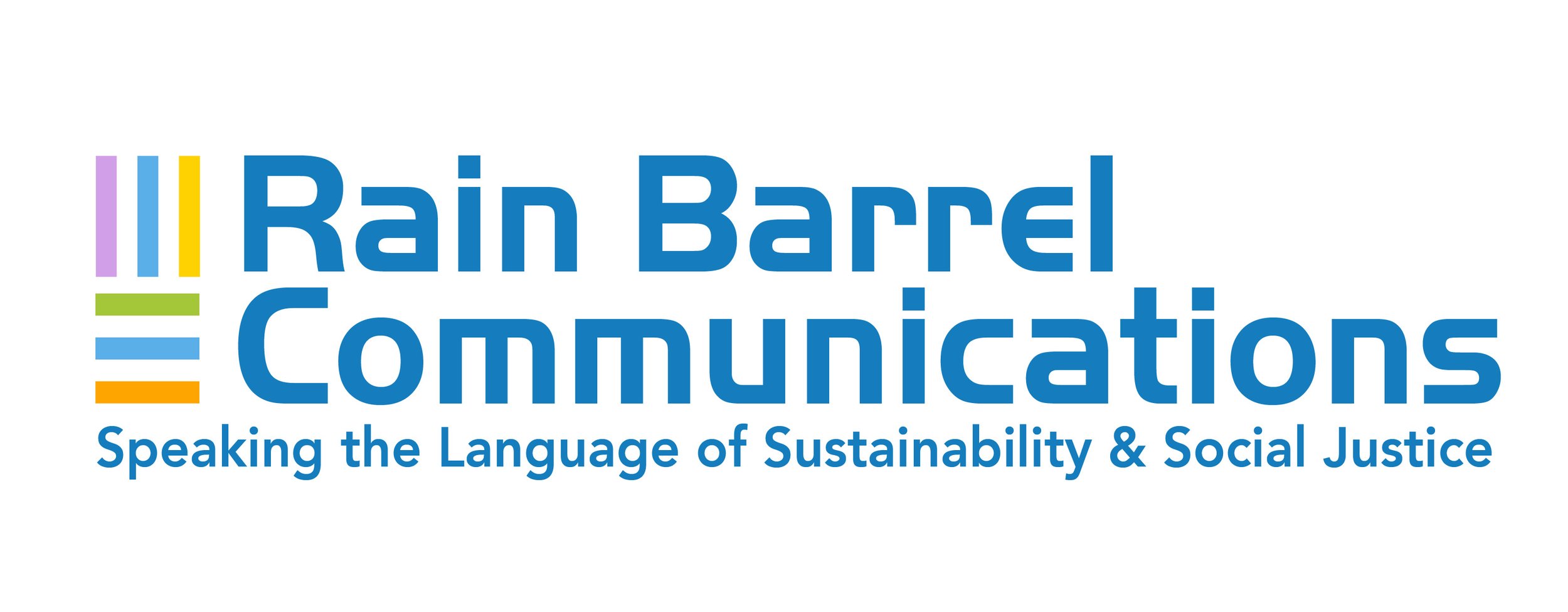How to Manage COVID-19 Related Uncertainty with Transparent Communication
By Marsha Vanderford, Rain Barrel associate, former Director of Communication at the World Health Organization
“Is it safe to travel?” “When will a vaccine to prevent COVID-19 be available?”
“Is it safe for kids to go back to school?” “When will there be enough tests?”
Watching viewers’ questions scrolling at the bottom of the TV screen during a recent newscast demonstrated to me that, seven months into this pandemic, we may be less certain about answers to public questions than we were in January. Uncertainty is always a part of public health emergencies, but usually it is highest in the early stages of an outbreak. But, as we have learned repeatedly, COVID-19 is not typical.
Managing uncertainty, as a key risk communication function, has never been more important than in this period of re-opening societies and “snapping back” restrictions. As half the world’s population emerges from some form of lockdown, we are not going “back to normal”— to a more predictable context. Instead, we are in a world in which various restrictions are being maintained, lifted, and/or re-instated at different speeds in different countries – and sometimes in different parts of the same countries. With many clinical and public health recommendations based on extrapolated knowledge (from SARS, MERS, and influenza), guidelines continue to change as we learn more about how COVID-19 is different from previous outbreaks. Laboratory investigations into aerosolization and mask efficacy, for example, will likely be replaced over time as in-situ studies reveal how the virus is transmitted in actual settings where people work, live, gather, and recreate.
When people are threatened by loss of their health, their jobs, their loved ones—their need to act to reduce the risk is urgent and strong. When information is missing or conflicting about how to reduce the threat, the ground is fertile for misinformation, conspiracy theories, and rumors. The actions taken in response to misinformation are often wrong and can be dangerous and costly.
Public health agencies and governments have one critical asset to combat the “infodemic” of misinformation that has emerged as part of the COVID-19 pandemic: public trust. Research and best practices in risk communication have consistently identified trust as the antidote to uncertainty in public health emergencies.
The road to trust is straightforward, but it is not easy.
Governments must tell the truth – about what they know and don’t know.
They must set the public’s expectations for on-going change that will inevitably come.
Health authorities must explain the basis on which they are making decisions.
When new, more certain, information is available, governments must share it as quickly as possible and show how and why it changes any previous recommendations.
Sectors of government – that may not typically work together – must coordinate COVID-19 communication, so they are saying the same thing at the same time, especially when information is uncertain.
When sectors and partners differ, they must publicly and clearly explain discrepancies and the reasons behind them.
All engagement with the public and communities must be conducted in easy-to-understand language and images to reduce confusion.
Research and best practices from global outbreaks from SARS to Zika virus have reached consensus that transparency is foundational for trust building and repair. Public and community perceptions of government reliability, compassion, respect, and integrity are also part of the mix.
When individuals, families, and communities experience high levels of concern and perceive high levels of economic and/or health risks, they often turn to the recommendations of those they trust, to guide the actions that they take.
The way health authorities and partners communicate about uncertainties can build or break trust. If we fail to establish and maintain it, we will fail to protect health.
You can read more about Rain Barrel’s Associate Marsha Vanderford here.

